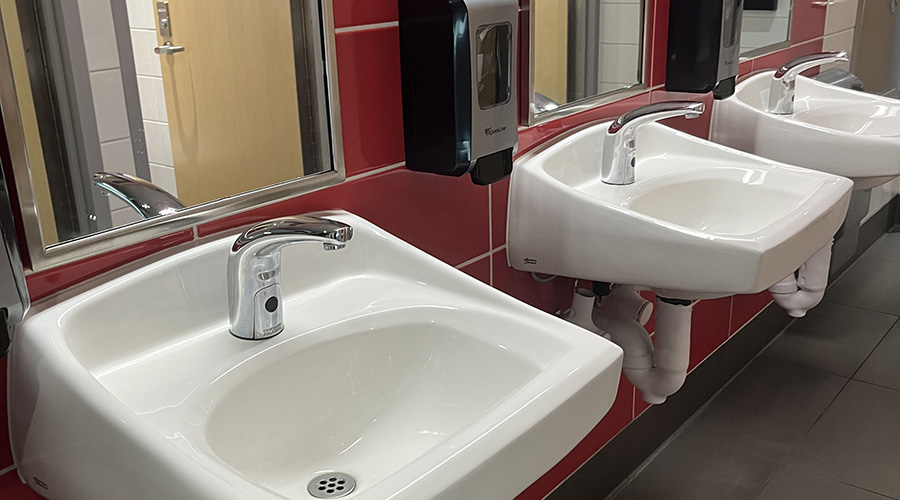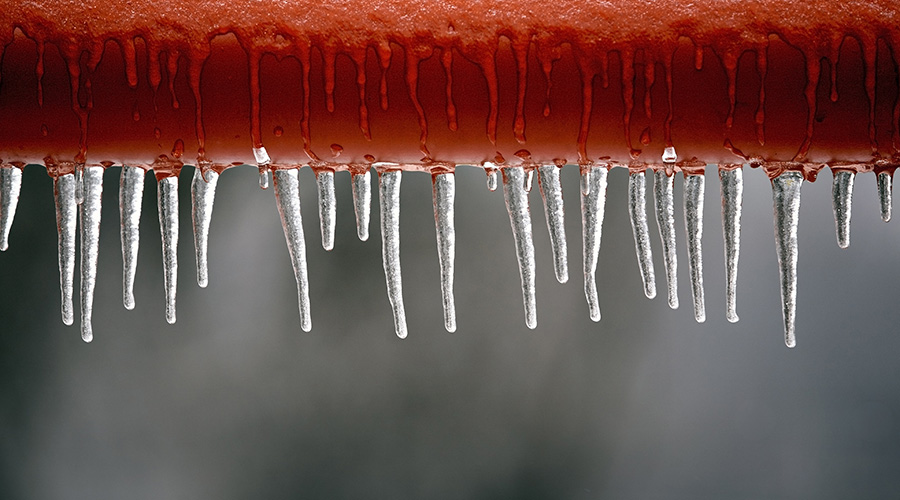Water Audit: Create a Fixture Inventory
Using results from the verification stage, the auditor next should create a fixture inventory and add to this list information on fixture units from the International Plumbing Code. The fixture unit table lists hot, cold, total and drainage fixture units for most available fixtures.
The goal of the audit is to determine total water use, so the auditor can use the table showing total fixture units without concern for individual hot and cold fixtures. For waste fixtures, the auditor can use the table showing drainage fixture units. A fixture's flow rating will determine the fixture unit category to use from the table — e.g. flush valves vs. flush tanks on water closets.
Items such as wall hydrants do not have associated fixture units, due to their sporadic use. When reporting fixtures other than traditional units, such as sinks, their purpose can determine their flow rate. For instance, the specification for a commercial ice machine generally will list an associated flow rate.
Once the auditor compiles the list, the total fixture units represent the facility's total water use. The code has two additional tables for converting fixture units to flow rates, in gallons per minute. The two tables provide rates for facilities that predominantly feature flush-valve water closets, or toilets, or for facilities that predominantly use flush-tank water closets.
The conversion tables provide for diversity of use. A low number of fixture units corresponds to a nearly direct conversion to flow, whereas a higher number of fixture units generates an expected diversity with a lower corresponding flow rate. For waste, on average, most of the water supplied eventually becomes waste for the fixtures. Other items, such as irrigation, might not return supply to waste.
Managers then can use the theoretical water-supply rate as a baseline for comparison to actual water bills. Typically, utilities do not meter waste, so most of them base waste charges on water use metered during winter months. The utility does not consider irrigation use in the total water waste.
Auditors also need to compare all components of a theoretical facility flow rate to the operation schedule. Some facilities operate on a traditional workday, while others operate continuously. Auditors should take additional diversity into account when a facility, such as a hospital, has continuous use, though some of the schedule is scaled back at night.
Auditors also will need to analyze non-fixture-type water use based on design and operation standards. Items such as boiler blowdown and water make-up typically follow schedules, as do irrigation systems.
Finally, managers need to associate costs with both supply and waste. Various regions of the country increasingly look at water use in different ways to reduce costs and determine environmental impacts, as in the case of untreated irrigation water. Armed with an understanding of costs associated with a facility's water use, managers can identify opportunities to curtail water use and save.
Related Topics:














